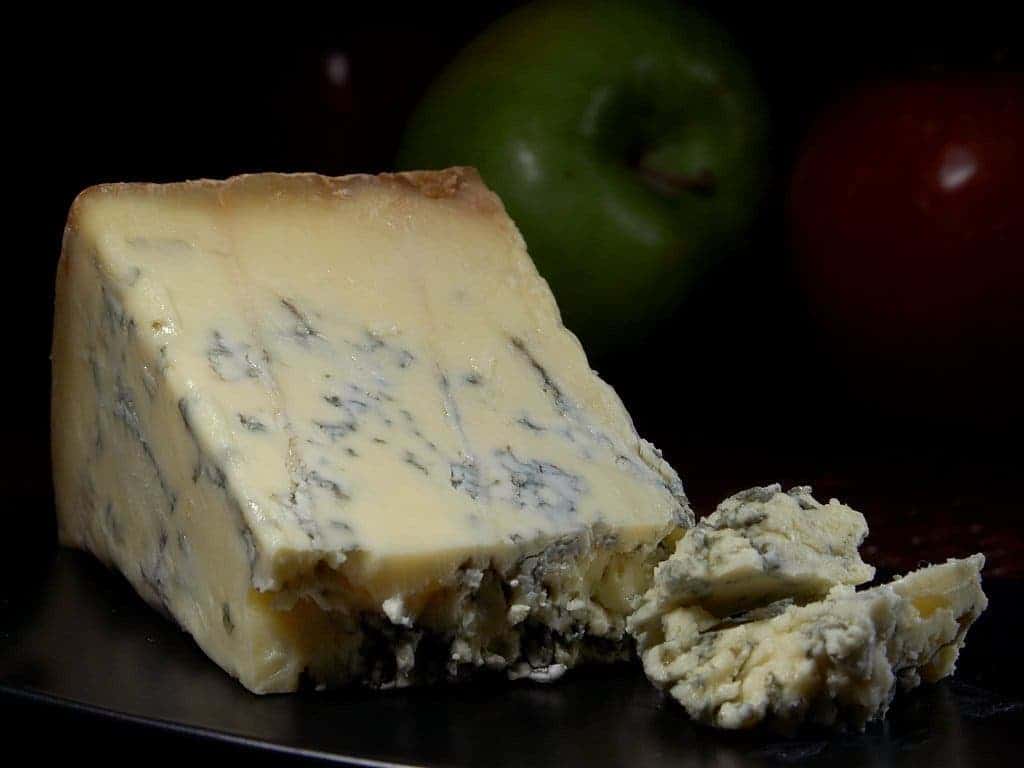Thanks to some Austrian salt mines, scientists have been able to learn more about Iron Age diets. Some of those findings have revealed that the ancient Europeans had diets that resembled a few things you might find at your Super Bowl party.
The study published in the journal Current Biology discovered ancient fecal samples in salt mines in the Austrian UNESCO World Heritage area Hallstatt-Dachstein/Salzkammergut, some of which are at least 2,700 years old. When researchers analyzed the remarkably preserved samples, they were surprised to find fungal species used in the production of blue cheese and beer — Penicillium roqueforti and Saccharomyces cerevisiae.
“Genome-wide analysis indicates that both fungi were involved in food fermentation and provide the first molecular evidence for blue cheese and beer consumption during Iron Age Europe,” says Frank Maixner of the Eurac Research Institute for Mummy Studies in Bolzano, Italy.
This lends belief that prehistoric diets were more sophisticated than we probably give them credit for.

“These results shed substantial new light on the life of the prehistoric salt miners in Hallstatt and allow an understanding of ancient culinary practices in general on a whole new level,” says Kerstin Kowarik of the Museum of Natural History Vienna. “It is becoming increasingly clear that not only were prehistoric culinary practices sophisticated, but also that complex processed foodstuffs as well as the technique of fermentation have held a prominent role in our early food history.”
Earlier studies have also shown prehistoric fecal samples – also called paleofeces — can offer important insights into early human diet and health. In the new study, Maixner, Kowarik, and their colleagues added a collection of in-depth microscopic, metagenomic and proteomic analyses to their agenda in order to explore the microbes, DNA, and proteins that were present in the samples.
The samples identified bran and glumes of different cereals as one of the most common plant remains. The researchers say this highly fibrous, carbohydrate-rich diet was supplemented with proteins from broad beans and occasionally with fruits nuts, or animal food products.
In keeping with their plant-rich diet, the miners up to the Baroque period also found to have a gut microbiome structure similar to those of modern non-Westernized individuals, whose regimens are mainly composed of unprocessed foods like fresh fruits and vegetables.
“The Hallstatt miners seem to have intentionally applied food fermentation technologies with microorganisms which are still nowadays used in the food industry,” Maixner said.







